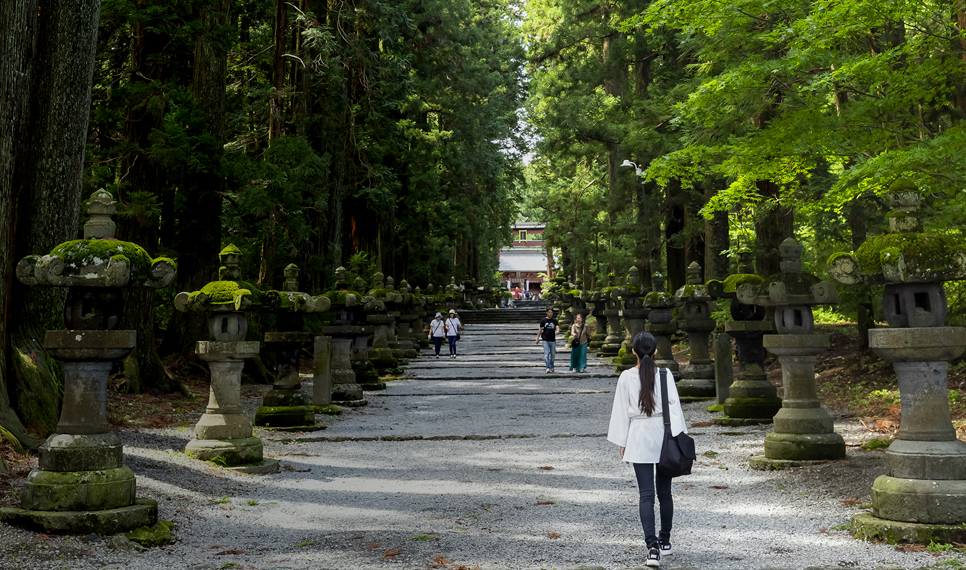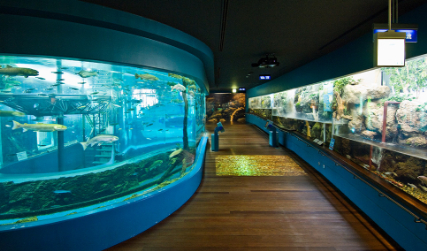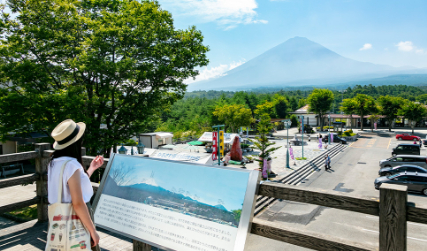Kitaguchi Hongu Fuji Sengen Shrine
Main content starts here.

Kitaguchi Hongu Fuji Sengen Shrine is one of approximately 1,300 Asama shrines in Japan that enshrine the deity of volcanoes in general and Mount Fuji in particular. The shrine is part of the Mt. Fuji UNESCO World Cultural Heritage site, designated in 2013.
Asama shrines are dedicated to Konohanasakuya-hime (“cherry blossom princess”), the goddess of Mt. Fuji and all volcanoes in Japanese mythology. The vast majority of Asama shrines are within sight of Mt. Fuji; where this is not the case because of distance or obstructions, miniature replicas of Mt. Fuji made with rocks from the mountain are erected within the shrine grounds.
Though the origin of the Asama faith is unclear, some of the shrines are known to date back to at least 29 BCE. Kitaguchi Hongu Fuji Sengen Shrine is said to have been established in 100 CE, beginning as a small shrine built to celebrate the visit of Yamato Takeru, the legendary prince of the Yamato dynasty, who passed through here on his way to Kai Province (present-day Yamanashi). In 788, Konohanasakuya-hime and the spirit of Yamato Takeru were enshrined in a bid to mitigate the frequent eruptions of Mt. Fuji.
The shrine is located amidst a dense old-growth forest, which today continues to denote ties to the spirit world. The precincts cover 99,000 square meters, making Kitaguchi Hongu Fuji Sengen one of the largest forest shrines in Japan. The long, atmospheric approach to the main shrine is lined with mossy stone lanterns and shaded by tall cedar trees. Of note on the shrine grounds are four trees believed to be approximately 1,000 years old, with a girth of 23 meters.
Category
Share
Venue Address
403-0005 5558 Kamiyoshida, Fujiyoshida-shi
-

Attractions
-

Nature & Outdoors
Home of Mt. Fuji > Uncover > Kitaguchi Hongu Fuji Sengen Shrine
